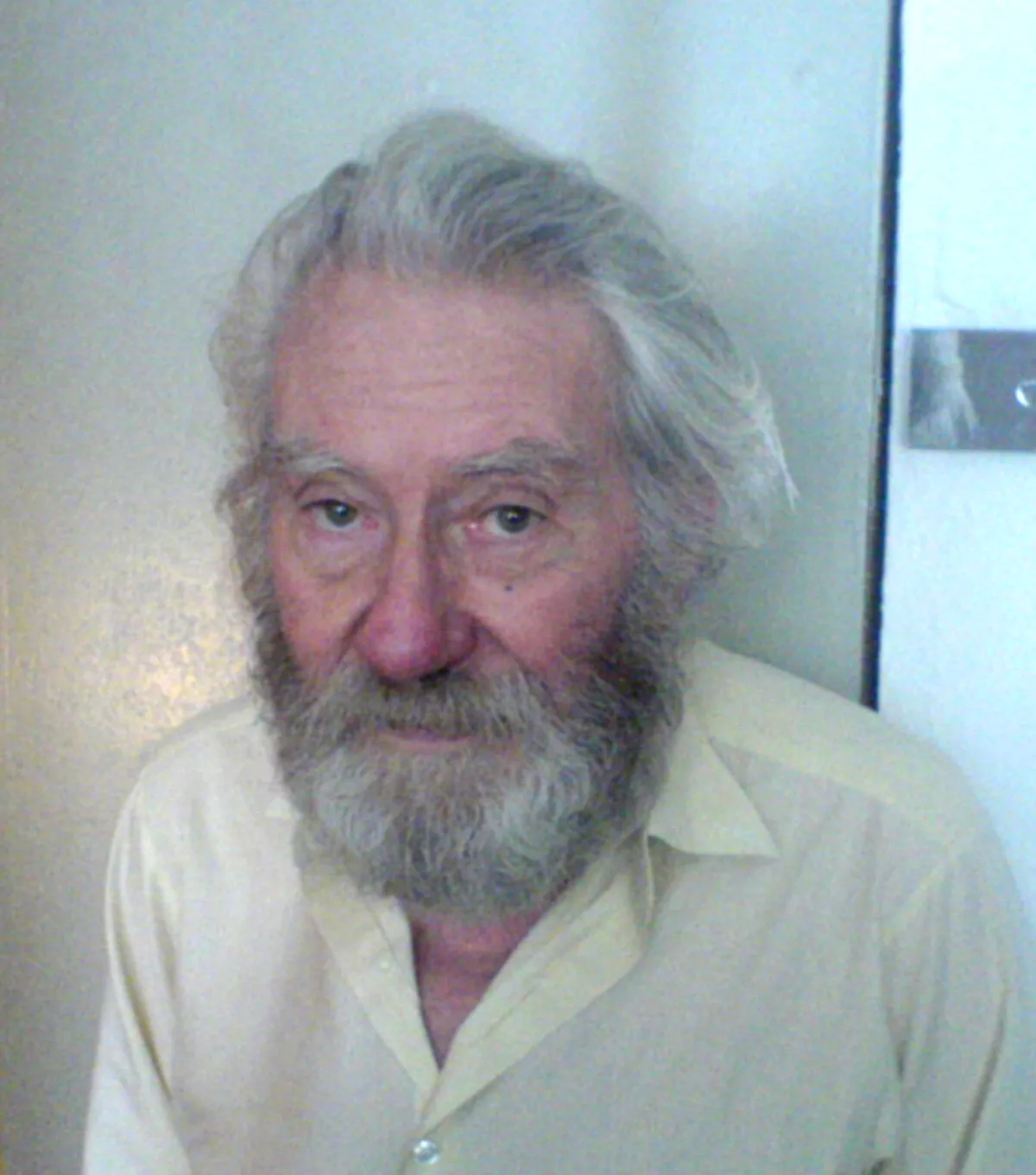 1.
1. Otto Piene was a German-American artist specializing in kinetic and technology-based art, often working collaboratively.

 1.
1. Otto Piene was a German-American artist specializing in kinetic and technology-based art, often working collaboratively.
Otto Piene lived and worked in Dusseldorf, Germany; Cambridge, Massachusetts; and Groton, Massachusetts.
Otto Piene was born in 1928 in Bad Laasphe and was raised in Lubbecke.
Otto Piene was a lecturer at the Fashion Institute in Dusseldorf.
Otto Piene was a visiting professor at the University of Pennsylvania beginning in 1964.
In 1972, Piene was appointed a Professor of Environmental Art at MIT.
Otto Piene remained closely associated with CAVS and MIT for the rest of his life, and maintained longtime homes in both Groton, Massachusetts and Dusseldorf, Germany.
Otto Piene collaborated with many artists, scientists, and engineers, including "Doc" Edgerton and astrophysicist Walter Lewin at MIT.
On 17 July 2014, Otto Piene died of a heart attack in a taxi on the way to the opening of his Sky Art event at Neue Nationalgalerie in Berlin, Germany.
Otto Piene's survivors included his wife Elizabeth Goldring, as well as four children, a stepdaughter, and five grandchildren.
In 1957, Otto Piene developed the Grid Picture, a type of stencilled painting made from half-tone screens with regularly arranged points in single colors, for example Pure Energy.
In 1967 Otto Piene premiered Proliferation of the Sun at Aldo Tambellini's Black Gate Theater, and in 1968 he collaborated with Aldo Tambellini on the Black Air at the Black Gate Theater.
Otto Piene is noted for having explored new uses for broadcast television.
In 1968, Aldo Tambellini and Otto Piene reformatted Black Air as Black Gate Cologne, which is cited as one of the first television programs to have been produced by experimental visual artists.
Between 1981 and 1986, Otto Piene organized four Sky Art conferences in the US and Europe.
Otto Piene experimented in industrial design in the 1970s with a 500-piece run of the upscale Suomi tableware by Timo Sarpaneva that Piene decorated for the German Rosenthal porcelain maker's Studio Linie.
In 1978, Otto Piene was commissioned by the Smithsonian Art Collectors Program to create a print to benefit the educational and cultural programs of the Smithsonian Associates.
In 1999 in the Ludwig Galerie Schloss Oberhausen, Otto Piene debuted his proposal for a statue called Das Geleucht.
In 2011 Otto Piene exhibited new public artworks as part of the Festival of Art, Science, and Technology which concluded a year of MIT150 celebrations of MIT's founding in 1861.
Otto Piene had his first solo exhibition at Galerie Schmela, Dusseldorf, in 1959.
Otto Piene represented Germany at the Venice Biennale in 1967 and 1971, and exhibited at documenta in Kassel, Germany, in 1959,1964 and 1977.
Otto Piene's works are in more than 200 museum and public collections around the world, among them the Museum of Modern Art in New York, the Walker Art Center in Minneapolis, the National Museum of Modern Art in Tokyo, the Stedelijk Museum in Amsterdam, the Centre Georges Pompidou in Paris, the Harvard Art Museums, and the List Visual Arts Center at MIT.